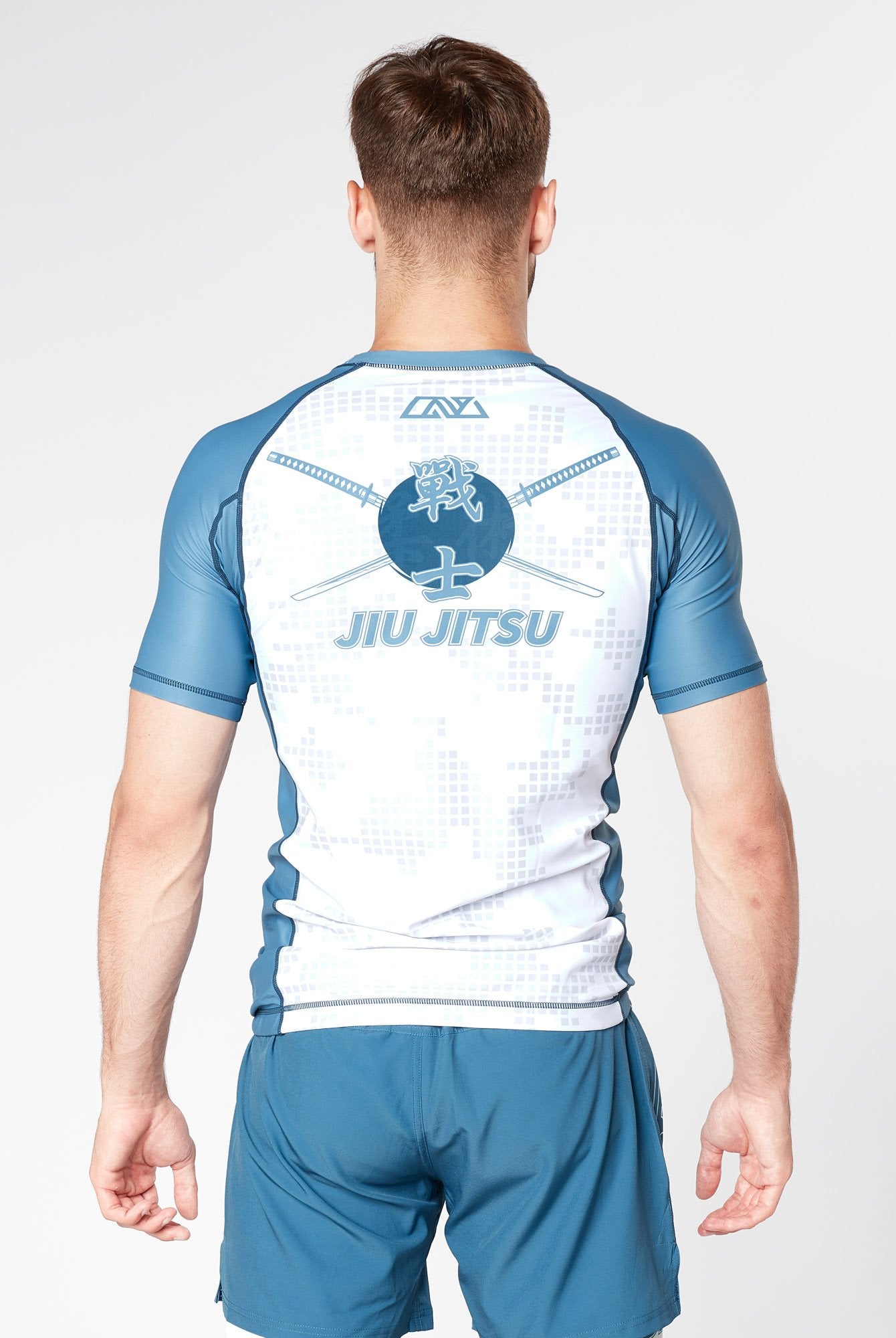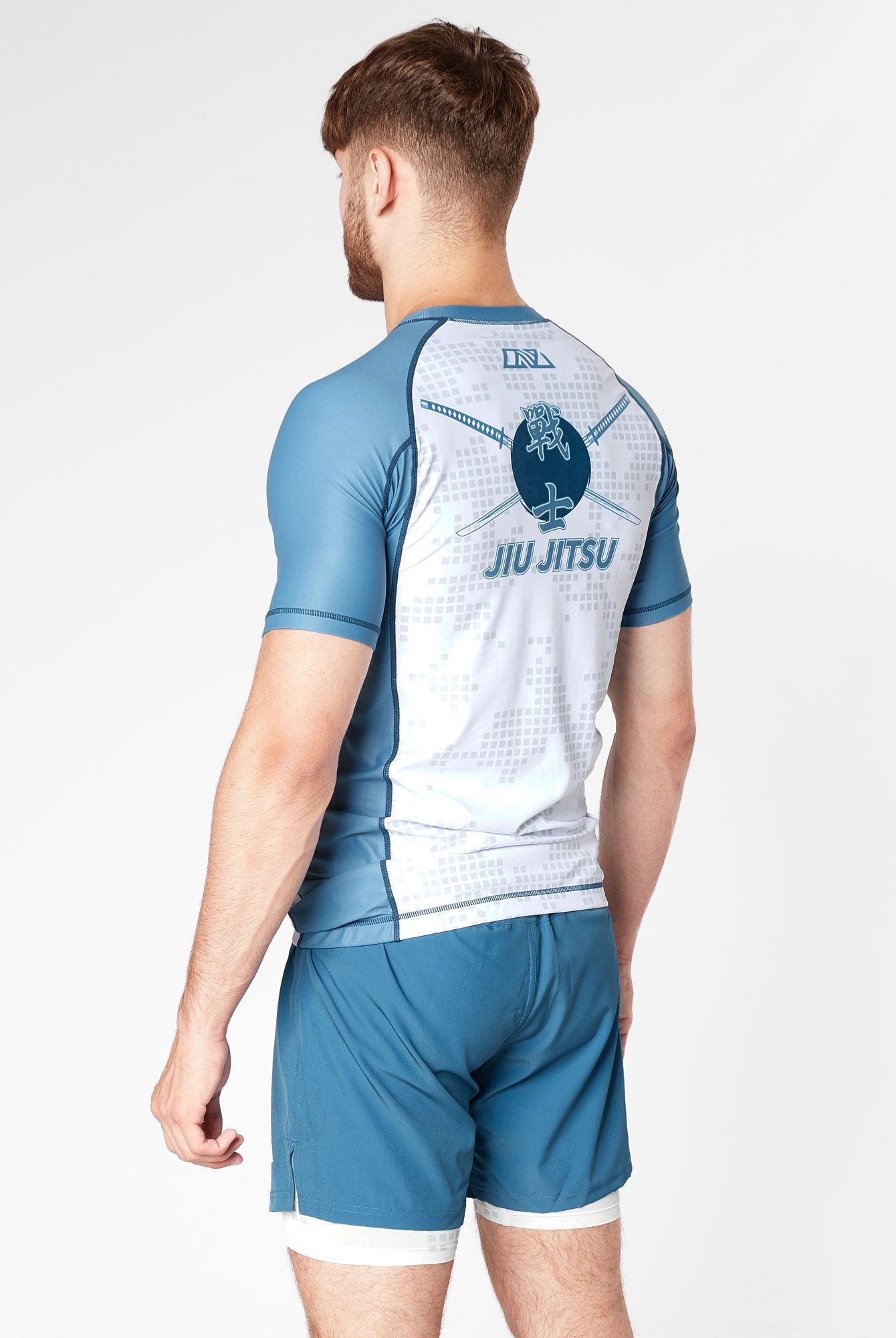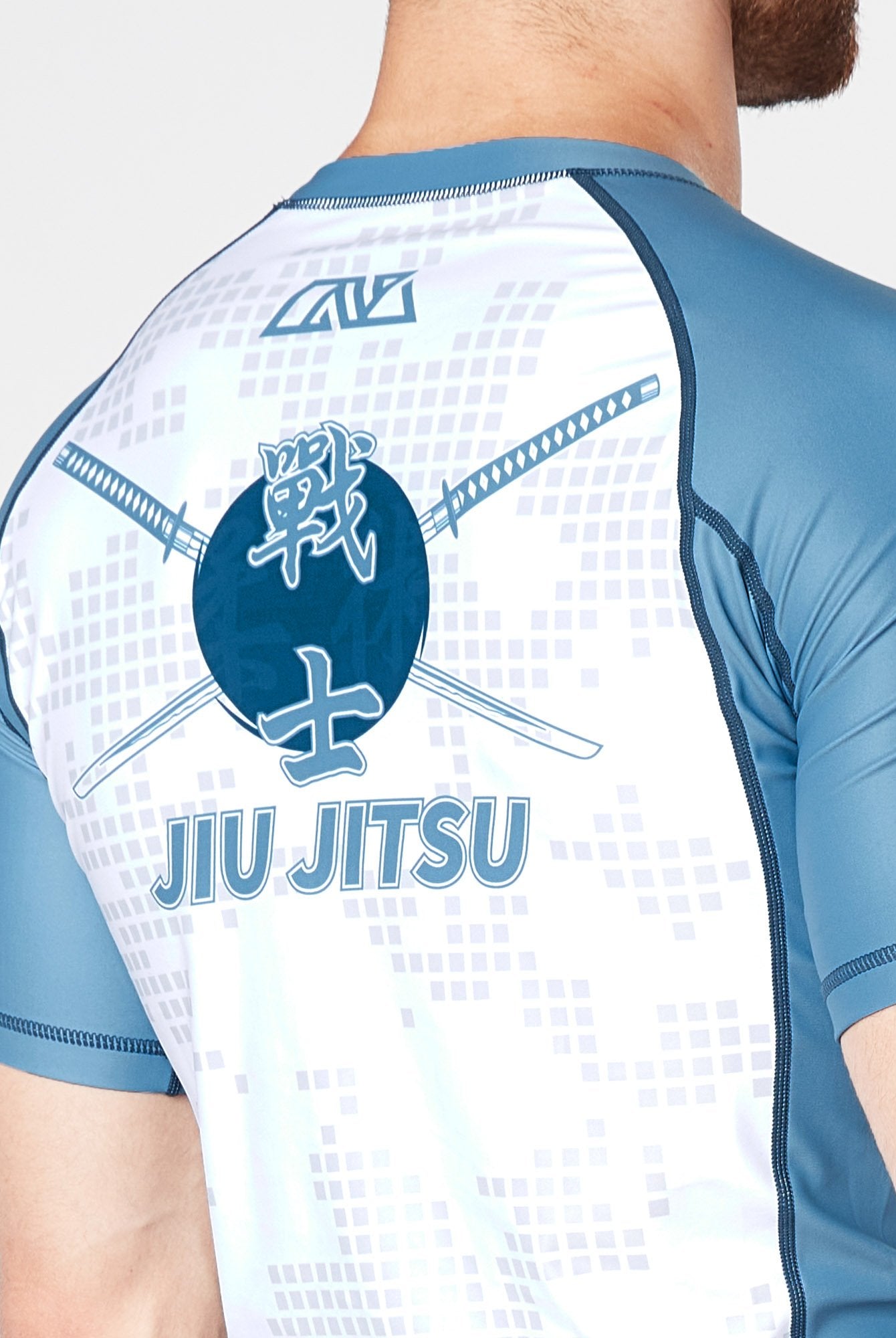Understanding Regulations and Techniques

Wrist locks are a topic of considerable debate in the Brazilian Jiu-Jitsu community. Many practitioners wonder about their legality during competitions. In most BJJ competitions, wrist locks are legal in adult divisions, but rules may vary depending on the organization.
Understanding the specifics of each tournament's regulations is crucial for competitors. Some organizations may have restrictions based on the level of experience or age of the practitioners. This variability can influence how practitioners approach their training and strategy on the mat.
As interest in the effectiveness of wrist locks continues to grow, so does the need for clarity regarding their legality. Knowing where and when to apply these techniques can enhance a practitioner's skill set and competitive edge.
Legality of Wrist Locks in BJJ
Wrist locks are a topic of interest in Brazilian Jiu-Jitsu (BJJ), especially concerning their legality in competitions. Different sanctioning bodies have specific rules on this technique, which also raises safety considerations for practitioners.
IBJJF and ADCC Rules
The International Brazilian Jiu-Jitsu Federation (IBJJF) has specific regulations regarding the use of wrist locks in competition. As a general rule, wrist locks are prohibited in most adult divisions, making exceptions only in certain lower belt categories or youth divisions.
Conversely, the ADCC (Abu Dhabi Combat Club) permits wrist locks in their competitions. This flexibility allows practitioners to utilize this technique effectively during matches. Athletes should familiarize themselves with the rules of their specific tournament to avoid disqualification or penalties.
Safety Considerations
Safety is paramount when discussing wrist locks in BJJ. These techniques can put undue stress on the joints if not executed with control and care. Practitioners should prioritize proper training and technique to minimize the risk of injury.
Instructors should emphasize communication during drills to ensure that training partners can tap out before any serious injury occurs. By fostering an environment of respect and awareness, the risk associated with wrist locks can be significantly reduced, promoting a safer training atmosphere.
Technical Execution and Defense
Wrist locks require precise techniques for effective execution and sound strategies for defence. Understanding both aspects is crucial for practitioners in Brazilian Jiu-Jitsu.
Proper Techniques
Executing wrist locks involves specific movements that capitalize on the opponent's arm mechanics. Key components include:
- Grip: Securely grasp the opponent's wrist while maintaining control of their posture.
- Leverage: Use body weight and position to apply pressure, ideally bending the wrist at an uncomfortable angle.
- Angles: Positioning the body at the correct angle enhances the effectiveness of the lock, making it harder for the opponent to escape.
Common types of wrist locks include the figure-four grip and the straight wrist lock. Each has distinct mechanics and applications, typically used when initiating or countering specific movements during grappling exchanges.
Common Defense Strategies
Defending against wrist locks requires awareness and agile responses. Effective strategies include:
- Posture Control: Maintaining a strong posture can minimize the ability of the opponent to isolate the wrist effectively.
- Rotation: Twisting the wrist in the opposite direction may help alleviate pressure and escape the attack.
- Grip Release: Quickly loosening the opponent's grip allows the defender to regain control and transition to a different position.
Practitioners should also stay vigilant and recognize the signs of an impending wrist lock. Awareness can significantly reduce the risk of being caught in these locks during sparring or competition.












































































































